The Digital Shopper’s Journey: Navigating the E-Commerce Landscape for D2C Products
Contributors:
The Digital Shopper’s Journey: Navigating the E-Commerce Landscape for D2C Products
Published: May 10, 2023

Summary
How D2C brands can optimize the consumer journey from discovery to retention, highlighting the importance of personalized experiences, exceptional customer service, and community building. It suggests strategies for D2C brands to stand out, including identifying niches, building strong brands, focusing on customer experience, using data analytics, and implementing loyalty programs.
Introduction
Summer is here and you’re in search of a new fan or refrigerator, which can make your life easier. So, you decide to go on Google and type the name of the brand which you think would suit the best as a new refrigerator in the house. Multiple links line up and you choose the one which takes you to a leading e-commerce platform showing you multiple products of the same as well as of the competitor brands.
You research some more for a couple of hours, including days and finally decide to buy the one which falls in your budget and also suits every need of your house. The product gets delivered and you’re satisfied with all the things including the customer service and the warranty period, leading you to give a 5-star review of the product on the platform you bought it from.
Defining a Consumer Journey
What you read above is defined as a consumer journey. A consumer journey on an e-commerce platform refers to the process that a customer goes through when purchasing a product or service online. It typically involves several stages, including awareness, consideration, decision, and retention.
- Awareness: At this stage, the consumer becomes aware of the product or service being offered by the e-commerce platform. This could happen through various channels such as social media, search engines, email marketing, and advertisements. So, in the example above, you searching for a fan or refrigerator on a search engine or even coming across an advertisement on social media is the first stage of the consumer journey
- Consideration: The consumer begins to research and compare different products or services on the e-commerce platform. They may read reviews, compare prices, and evaluate the features of each product to determine which one best meets their needs. Considering various products of the same brand or competitor brands brings you to the second stage of the consumer journey.
- Decision: After evaluating their options, the consumer decides to purchase a product or service on the e-commerce platform. They may add the item to their cart, enter their payment information, and confirm the order. The products that suit your needs the best is the one which makes their way into your cart but this is still the stage where you’re contemplating your decision before finally clicking on the buy now button.
- Retention: After completing the purchase, the consumer enters the retention stage where the e-commerce platform strives to keep them engaged and loyal. This may involve sending follow-up emails, offering personalized recommendations, and providing customer service to ensure a positive experience. The final stage where you were happy with the delivery and services and the entire cycle made you give 5 stars to the product and finally brings you to the end of the customer journey.
Throughout each stage of the consumer journey, e-commerce platforms aim to provide a seamless and enjoyable experience for their customers, to increase customer satisfaction, loyalty, and ultimately, revenue
This is what a typical digital shopper’s journey looks like. Irrespective of the product or the service that a shopper wants to purchase every brand or organisation looks forward to optimising every step of the journey to increase their retention rate, customer lifetime value and repeat purchase
So, how does a normal shopper’s journey differentiate from that of a D2C consumer’s one?
Shopper’s Journey for a Direct-to-Consumer (D2C) Brand
The consumer journey for Direct-to-Consumer (D2C) products or businesses can differ from the traditional e-commerce consumer journey in several ways:
- Discovery: D2C brands often rely heavily on social media, influencer marketing, and referral programs to create brand awareness and drive traffic to their website. Unlike traditional e-commerce platforms, which may rely on paid advertising or search engines, D2C brands often prioritize building a loyal community of brand advocates who can help spread the word. Be it a nascent stage or at a developed stage, any D2C brand needs to connect to its customer at a deeper level to make its way into the consumer’s daily life and budget and provide the why them and not an established brand.
- Personalization: D2C brands often focus on creating a personalized experience for their customers. They may use data analytics to understand consumer behaviour and tailor product recommendations, content, and promotions accordingly. This can lead to a more personalized and engaging shopping experience, which can help drive customer loyalty, including personalized product recommendations, offering exclusive discounts and promotions based on customer behaviour, and sending personalized follow-up emails after a purchase.
- Customer Service: D2C brands often prioritize exceptional customer service to differentiate themselves from traditional e-commerce platforms. This may involve offering free returns, easy exchanges, and responsive customer support through multiple channels. This can help build trust and loyalty with customers, who may be more likely to purchase from a brand that prioritizes their needs. A lot of times you’ll see multiple D2C businesses engaging in discounted offers like 3 products for Rs.999 or bundling different products to increase in cross and upselling
- Subscription Models: D2C brands may offer subscription-based models to provide a more convenient and predictable shopping experience for their customers. This can lead to higher customer retention rates and recurring revenue for the business.
Overall, the D2C consumer journey focuses on building a loyal customer base through personalized experiences, exceptional customer service, and community building.
How to differentiate yourself from your competitors?
As a D2C business owner, one of the questions that always pops up is how we differentiate ourselves from the crowd. How do we justify what we bring to the table and make the best out of that to create a profitable and sustainable business in the long run? Let’s look at some of the factors by which D2C brands can differentiate themselves from traditional e-commerce platforms and create a unique brand identity that resonates with their target audience
- Identify a Niche: Research and identify a specific market segment or niche that is not being adequately served by existing e-commerce businesses. This could involve identifying unmet needs, underserved demographics, or gaps in the market that your business can fill.
- Build a Strong Brand: Develop a strong brand identity that resonates with your target audience. This could involve creating a compelling brand story, designing a visually appealing website, and using social media to build a community around your brand.
- Focus on Customer Experience: Prioritize customer experience and create a seamless shopping experience for your customers. This could involve offering personalized recommendations, fast shipping, easy returns, and exceptional customer service.
- Use Data Analytics: Use data analytics to gain insights into consumer behaviour and optimize your marketing and sales strategies accordingly. This could involve analysing customer data, website traffic, and social media engagement to make informed decisions about your business
- Loyalty Programs: Offer a loyalty program to incentivize repeat purchases. This could involve offering rewards points or exclusive discounts for customers who make multiple purchases on your e-commerce platform.
- Product Quality: Ensure that your products are of high quality and meet or exceed customer expectations. This can help build trust and loyalty with your customers, who may be more likely to make repeat purchases if they are satisfied with the quality of your products.
Subscription model is something which is still bleak and developing in India. With the growing economy, constant changes are happening in consumer behaviour but what matters most is leaving a lasting impression in the minds of your consumer. Building repeat purchase for a Direct-to-Consumer (D2C) brand on an e-commerce platform without a subscription model requires creating a strong relationship with your customers and providing an exceptional customer experience that will compel your consumer to come back and only purchase your product.
By following these strategies, D2C brands can create a positive shopping experience for their customers and build long-term loyalty. By prioritizing customer satisfaction and building a strong relationship with your customers, you can increase the likelihood of repeat purchases and drive revenue growth for your e-commerce business.
So, focus on how can you be a daily part of your consumer’s life cycle so much so that they always make space in their monthly budget for your brand and include it in their table of shares. This consumer journey can help you become an unforgettable part of your consumer and also get a referral which is one of the best ways of marketing any product.
About the Consultant
Brand Consultant
As a Growth Marketing and Key Accounts Manager at Flipkart, Pranjal leads the mattress vertical of the Furniture business in the consumer goods sector. With more than 4 years of experience in brand marketing, E-commerce, and Growth Management, her career journey spans across various industries such as FMCG, Fashion, and E-commerce domains. She has also helped a lot of small businesses and startups in their marketing strategy, with one of them getting funded on Shark Tank India. She has shown consistency in guiding businesses across various industries. She has also worked in both Indian and International environments and holds expertise in consumer behavior across various target groups and countries.
 Growth Strategy and Planning
Growth Strategy and Planning Inbound Growth
Inbound Growth Growth Hacking
Growth Hacking Search Engine Optimization
Search Engine Optimization Paid and Performance Marketing
Paid and Performance Marketing Social Media Marketing
Social Media Marketing AI-Driven Growth Strategy
AI-Driven Growth Strategy
 Growth Tools
Growth Tools Offers
Offers









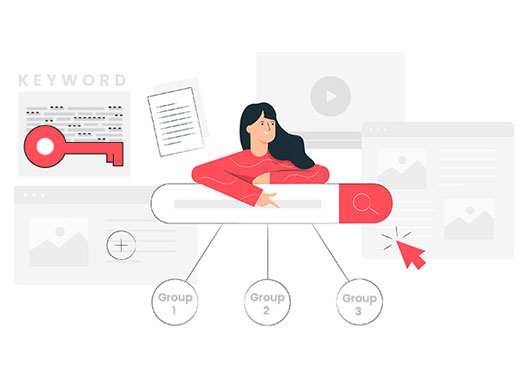
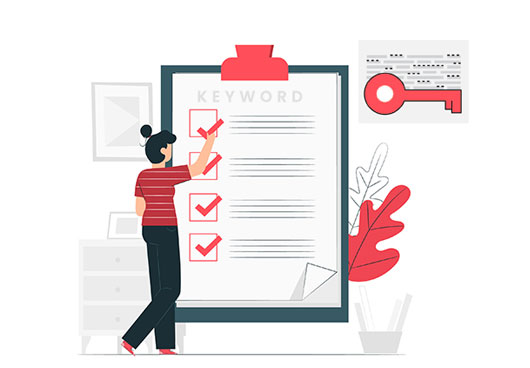


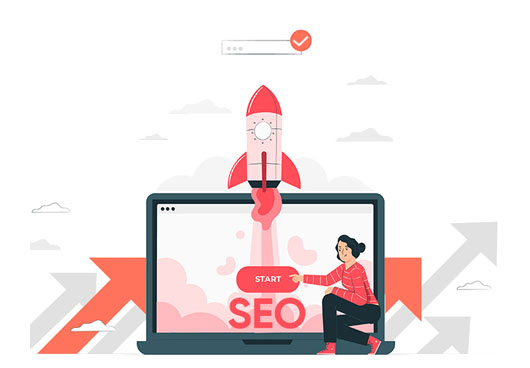
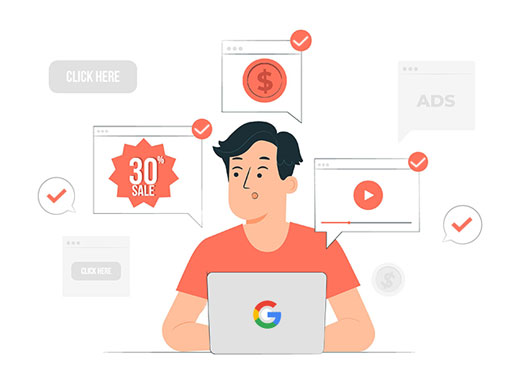
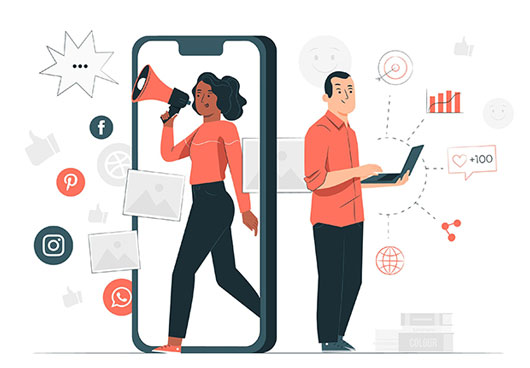
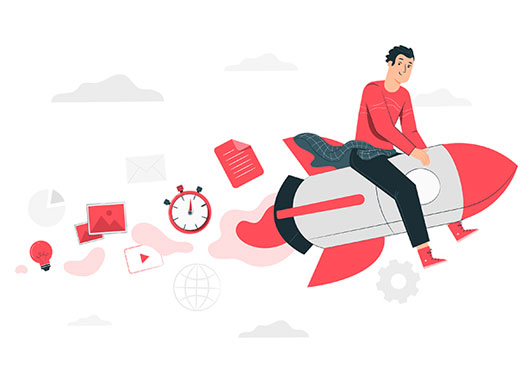

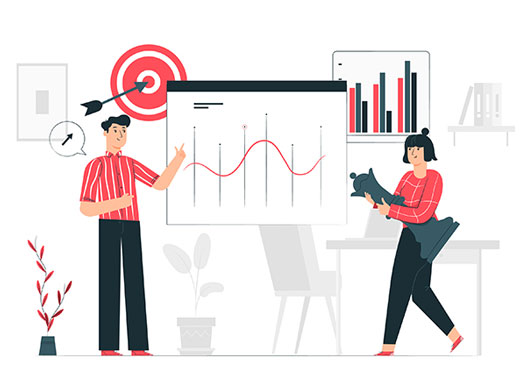
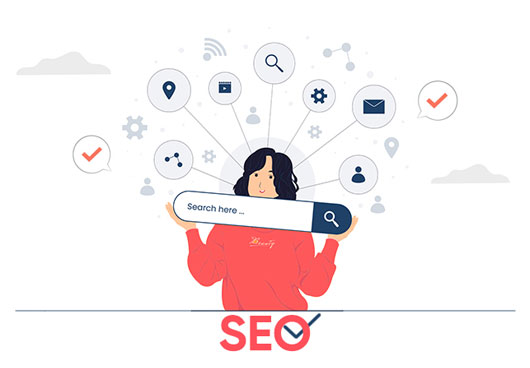
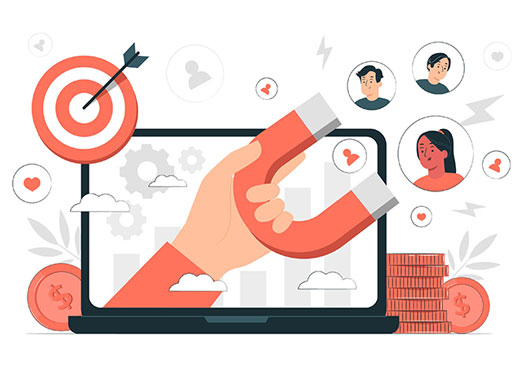

Leave a Reply